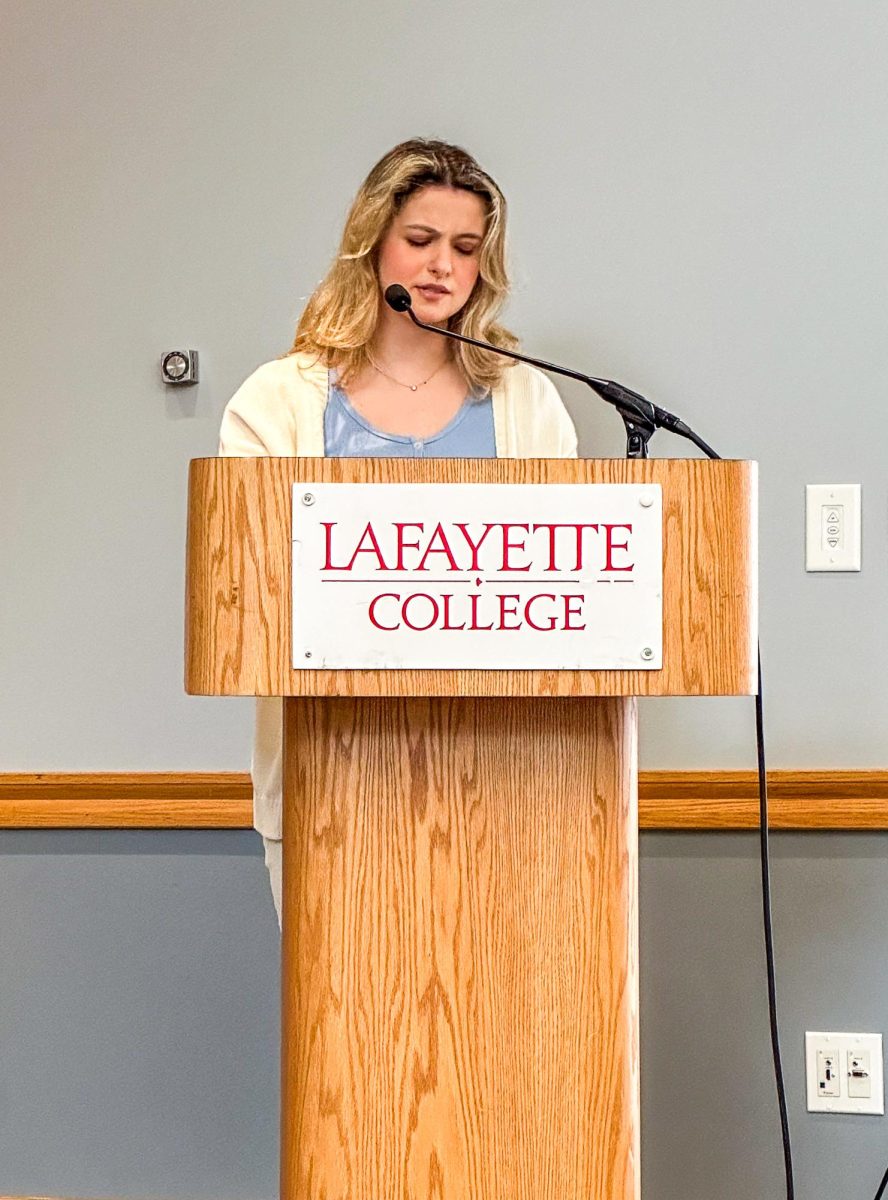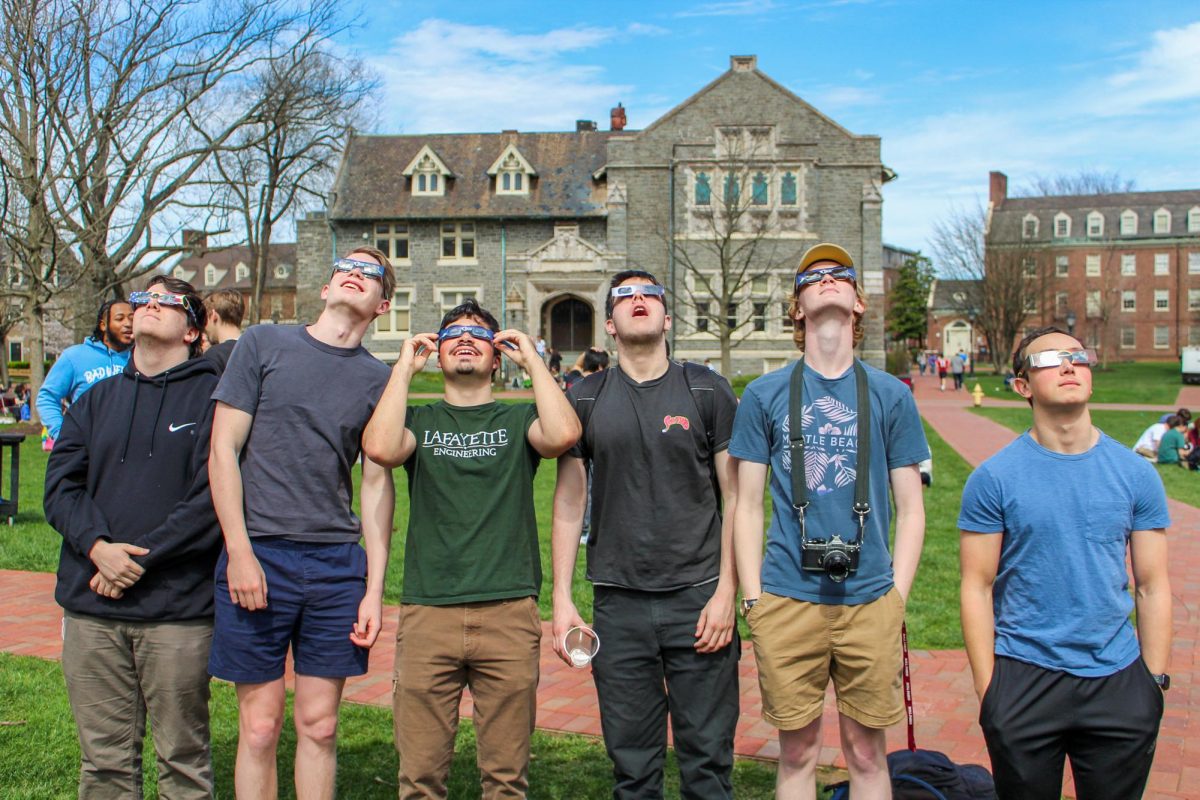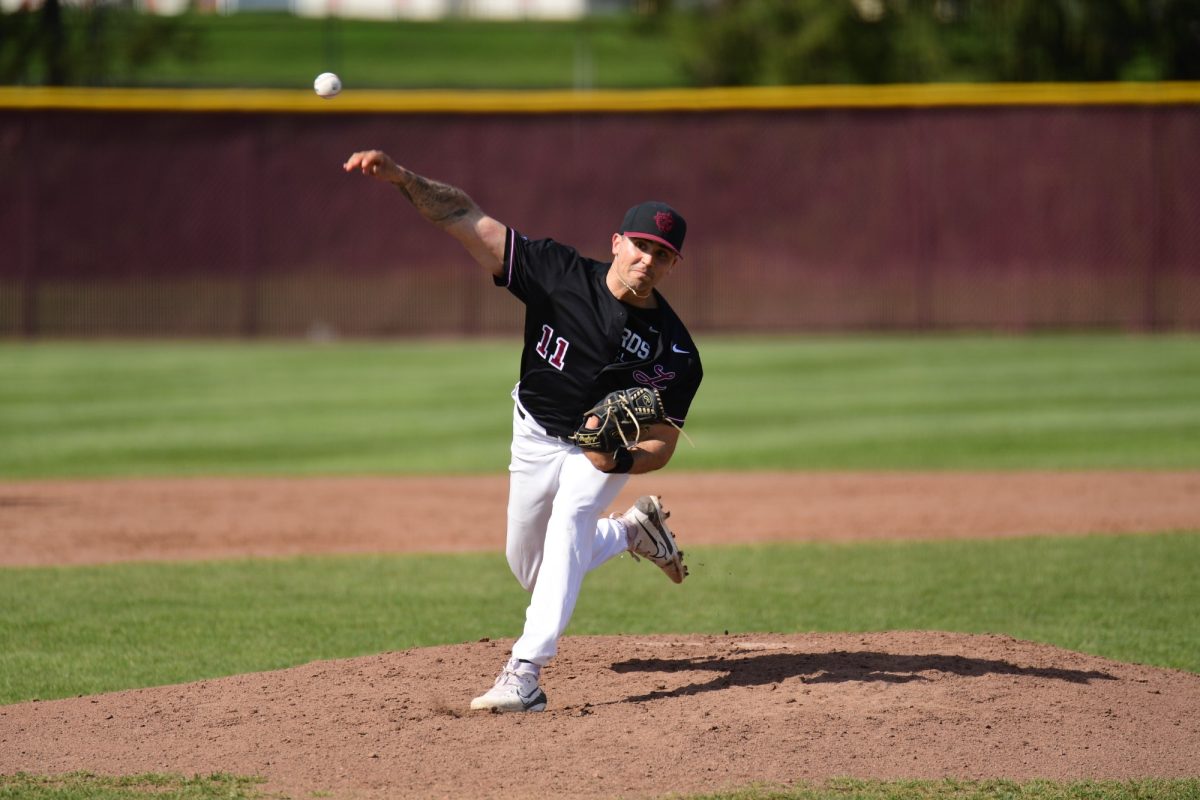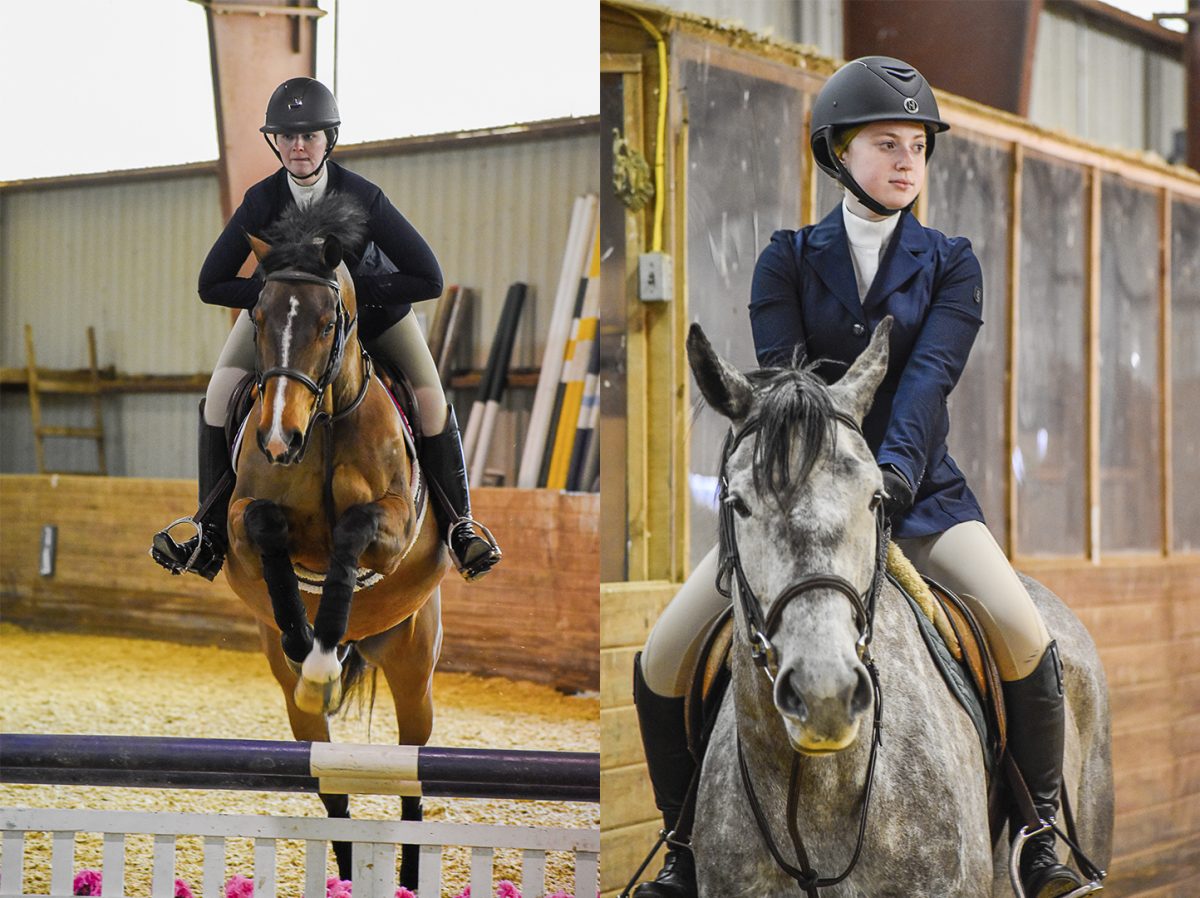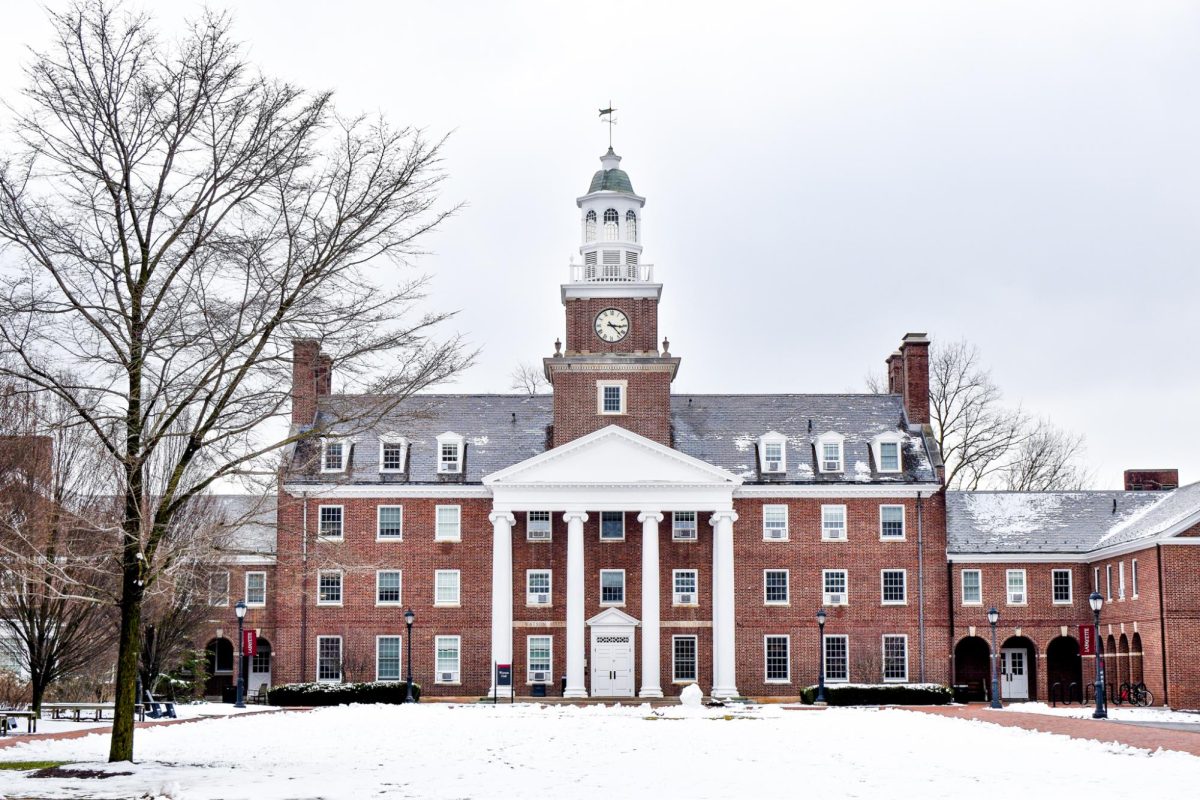Over the past few weeks, I have been approached by several students seeking my response to two op-eds, “The need for the appearance of fairness in the event competition” by Ivan Evtimov ‘17 and the response by Lafayette College Student Government President Aaron Little ‘16. While I do not wish to comment on the nature of the event competition and its results, I would like to offer some clarification and corrections regarding the use and interpretation of the statistics used in the final decision.
To rephrase what Little stated, it is true that if one wishes to estimate the proportion of students who would be in favor of a particular event proposal with 95 percent confidence with a margin of error of five percent from a student body of 2487 students, one only requires a representative sample size of 333 students. In other words, if say 45 percent of 333 representative students were in favor of John Walker’s ‘17 proposal, we could say that we are 95 percent certain that the percentage of Lafayette students in favor of the proposal falls between 40 and 50 percent.
However, these numbers only apply in the case of a first-past-the-post voting method, where individuals are asked to select a single proposal. As I understand, a preferential voting method was used, where voters gave five points for their favorite proposal, four points for their second favorite proposal, etc. The same statistical techniques do not apply in this case.
More importantly, the sample size calculation assumes that the sample is representative of the population as a whole. It may be true that those 427 students who did vote were representative of all students who wished to vote despite the software issue with Qualtrics. As Little attested, he had never seen the trend in voting change over the course of an election. However, voting is a voluntary action. There is no guarantee that those who did vote are representative of the entire student body, including those who choose not to vote. It is the sampling technique, not the sample size, which aims to ensure a representative sample. Of course, student government must base its decision upon the votes that are actually cast.
The intent of my comments is not to throw into question the result of the event competition. However, I encourage the proper use and interpretation of statistics in all their applications.
Sincerely,
Jeffrey Liebner
Assistant Professor of Mathematics



























